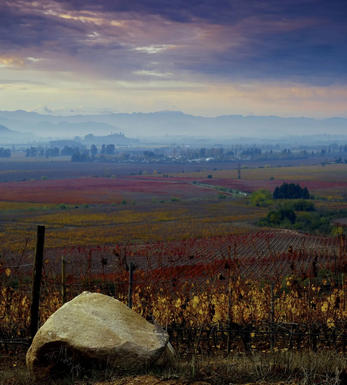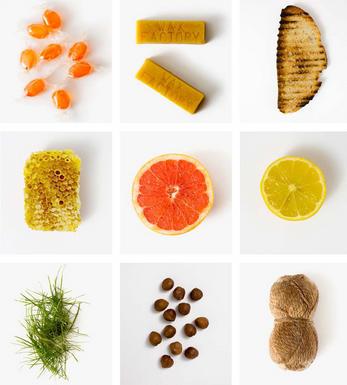
About this WINE

Clos Apalta
Clos Apalta is a wine estate in the Apalta Valley, a sub-region of Colchagua, Chile. It was founded in 1994 by the Bournet Lapostolle family; their first vintage was 1997. Charles-Henri de Bournet Marnier Lapostolle has led the property as CEO since 2013. Michel Rolland has been the winemaking consultant here since the beginning.
The 60-hectare vineyard is laid out in an amphitheatre, largely facing southeast. There are a lot of old vines here, with an average age of 80 years old. The oldest vines date back to 1915-1920. The vineyard has been certified organic since 2009.
The wines here are red Bordeaux blends. Carménère is the signature grape variety here, along with Merlot, Cabernet Sauvignon, and Petit Verdot. There are two wines produced: Clos Apalta and a second wine called Le Petit Clos.

Sémillon
The main grape for Sauternes and particularly successfully grown in Australia's Hunter Valley. Hunter Valley Sémillon is one of Australia’s iconic and unique wines, totally unlike any wine produced elsewhere in the world from the same grape variety.
In youth the wines are quite citrusy and fresh, but are generally perceived to gain hugely in complexity as they age and are deemed to be best drunk when at least 5 years old, frequently lasting for 10 or more years. Unusually for Australia, the alcohol levels rarely exceed 11.5%.
In Bordeaux it is the most widely planted white grape and is blended with Sauvignon Blanc to produce the great long-lived dry whites of Graves as well as the great sweet wines of Sauternes. It is high in alcohol and extract and relatively low in aroma and acidity. Its thin skin makes it very susceptible to botrytis which is prerequisite for the making of Sauternes. It responds well to oak ageing and, while having a lightly lemony aroma when young develops lanolin flavours which some describe as "waxy", as well as a rich, creamy, intense, texture and a deep golden colour.



Buying options
Add to wishlist
Description
High density pre-phylloxera 80 year-old vines in the premium Apalta region of the Rapel Valley are the source for this intriguing and very fine New World Semillon, a far cry from the styles of both Bordeaux and the Hunter Valley but with great individuality and charm in its own right.
Six months of ageing have added gentle notes of toast and vanillin to the palate of pear-skin, grilled almonds and agrumes, with gentle brushstrokes of beeswax and honey hinting at a pleasing development over the next five years.
(Simon Field MW, BBR Buyer)
wine at a glance
Delivery and quality guarantee